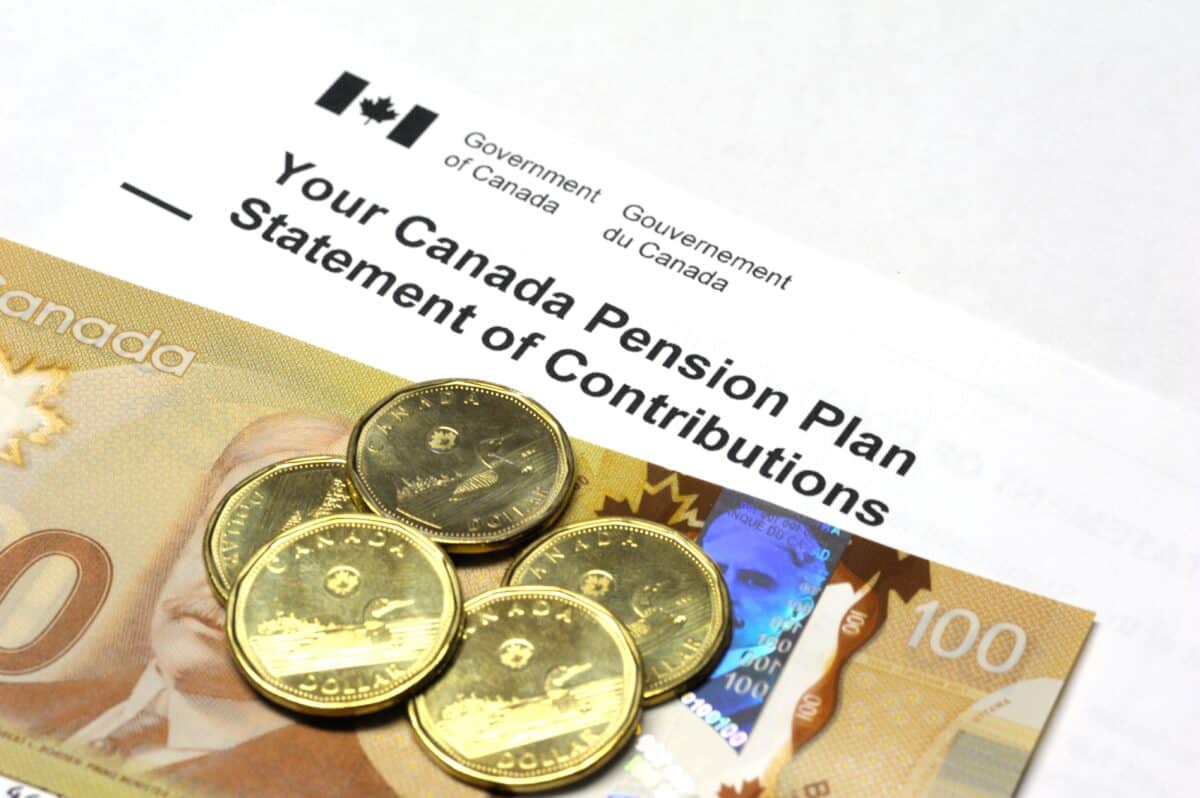The Old Age Security (OAS) clawback is the bane of many Canadians’ retirement plans. Cutting back your OAS for every dollar you earn beyond $90,977, the clawback can really reduce your retirement benefits. Although few Canadians earn enough in pension income to have their OAS clawed back, the clawback can be an unwelcome surprise for those still working beyond the age of 65. If, for example, you earn $70,000 a year in salary while simultaneously drawing $21,000 per year in CPP, you are at risk of having your OAS clawed back.
Fortunately, it’s not that hard to avoid the OAS clawback. The overwhelming majority of Canadians do not earn enough in retirement to have to worry about the clawback. To have 100% of your OAS clawed back, you’d need to earn $148,000 (individual not family income), which is not a sum that very many retirees ever see in a year. On the other hand, the $90,977 threshold for having some of your OAS clawed back is not an unheard of amount of income for a retiree – particularly those who continue working while drawing CPP and OAS.
As you’re about to see, it’s very easy to avoid the OAS clawback if you are just slightly above the recovery threshold. Doing so is as simple as being more diligent in tracking your tax-deductible expenses through the course of the year.
Lower your income to avoid the clawback
By lowering your taxable income, you can avoid the OAS clawback. This is as simple as keeping track of your expenses throughout the year. If you’re like most Canadians, you have a number of tax-deductible expenses you aren’t claiming. These may include:
- Charitable contributions
- Disability expenses
- Childcare expenses
- Education expenses
- Work-related transportation expenses
- And more
If you add all these up, you might find that you can shave thousands off your income when it comes time to file your tax return. That in turn can lead to hundreds in tax savings. It could also spare you the OAS clawback.
How to lower your income
Now, if you’re already pretty diligent about claiming tax deductions, what I wrote above does not apply. You’re probably claiming all the deductions you’re entitled to already. You could try incurring more expenses to lower your income, but spending $1,000 to save $330 and get a few extra dollars a month in OAS doesn’t make sense.
There is one type of tax deduction you could deliberately seek out, though: RRSP contributions. RRSP contributions lower your taxable income and reduce your near-term investment taxes. If you realize positive returns in your RRSP, then claiming the RRSP contribution tax break is very much worth it. And, yes, if you make a big enough RRSP contribution, it can spare you the OAS clawback.
What to hold in an RRSP
If you want to make the most of an RRSP contribution, you have to invest the money. The tax break alone isn’t worth it. As for what you should invest in: that’s a personal matter partially determined by your financial circumstances.
Personally, I hold a lot of dividend stocks like Toronto-Dominion Bank (TSX:TD) in my RRSP. TD is a mature, stable, blue chip bank stock – exactly the kind of thing that tends to work well in Canada.
I decided to buy back into TD Bank recently after previously selling out of it. The company got involved in a scandal that took its price as low as $74. Later on, things started to improve, and the company’s stock rose to $81. I collect about $634 per year in dividends on my TD Bank shares. The position is fully sheltered from taxation, with about 70% of it in a TFSA and 30% in an RRSP. So I can grow and compound my TD position without having to worry about the CRA taking a chunk for themselves. Talk about a win-win situation.








